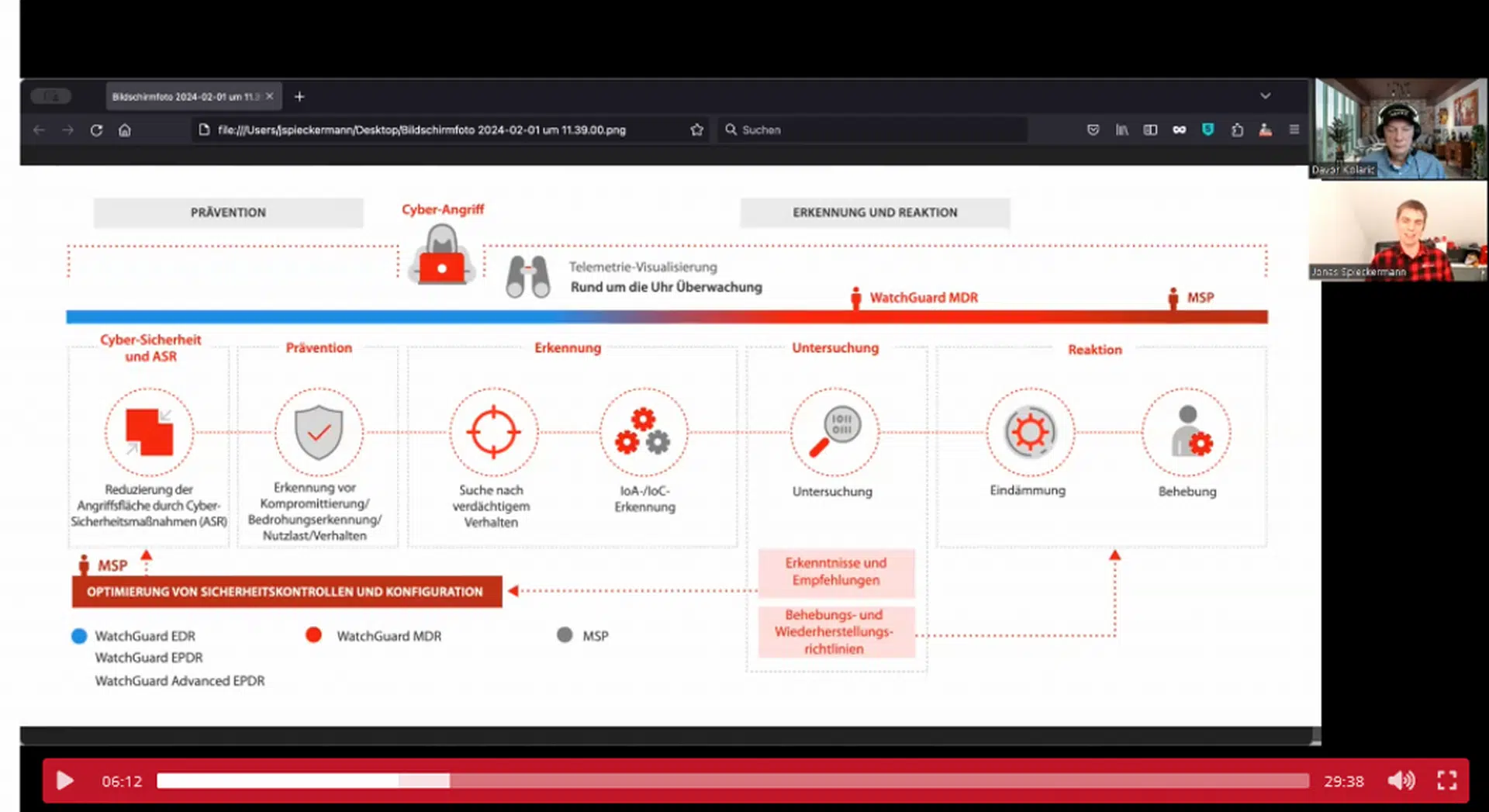
Inflationary Pressures Creating a Push and Pull Effect for Cloud Spending
Worldwide end-user spending on public cloud services is forecast to grow 20.7% to total $591.8 billion in 2023, up from $490.3 billion in 2022, according to the latest forecast from Gartner, Inc. This is higher than the 18.8% growth forecast for 2022.
“Current inflationary pressures and macroeconomic conditions are having a push and pull effect on cloud spending,” said Sid Nag, Vice President Analyst at Gartner. “Cloud computing will continue to be a bastion of safety and innovation, supporting growth during uncertain times due to its agile, elastic, and scalable nature.
“Yet, organisations can only spend what they have. Cloud spending could decrease if overall IT budgets shrink, given that cloud continues to be the largest chunk of IT spend and proportionate budget growth.”
Infrastructure-as-a-service (IaaS) is forecast to experience the highest end-user spending growth in 2023 at 29.8% (see Table 1). All segments are expected see growth in 2023.
Table 1. Worldwide Public Cloud Services End-User Spending Forecast (Millions of US Dollars)
| 2021 | 2022 | 2023 | |
| Cloud Business Process Services (BPaaS) | 54,952 | 60,127 | 65,145 |
| Cloud Application Infrastructure Services (PaaS) | 89,910 | 110,677 | 136,408 |
| Cloud Application Services (SaaS) | 146,326 | 167,107 | 195,208 |
| Cloud Management and Security Services | 28,489 | 34,143 | 41,675 |
| Cloud System Infrastructure Services (IaaS) | 90,894 | 115,740 | 150,254 |
| Desktop-as-a-Service (DaaS) | 2,059 | 2,539 | 3,104 |
| Total Market | 412,632 | 490,333 | 591,794 |
BPaaS = business process as a service; IaaS = infrastructure as a service; PaaS = platform as a service; SaaS = software as a service
Note: Totals may not add up due to rounding.
Source: Gartner (October 2022)
“Cloud migration is not stopping,” said Nag. “IaaS will naturally continue to grow as businesses accelerate IT modernisation initiatives to minimize risk and optimise costs. Moving operations to the cloud also reduces capital expenditures by extending cash outlays over a subscription term, a key benefit in an environment where cash may be critical to maintain operations.”
Gartner expects that PaaS and software-as-a-service (SaaS) will see the most significant impacts from inflation due to staffing challenges and the focus on margin protection. However, both segments will still see continued growth, with Gartner forecasting 23.2% growth for PaaS and 16.8% for SaaS in 2023.
“Higher-wage and more skilled staff are required to develop modern SaaS applications, so organisations will be challenged as hiring is reduced to control costs,” said Nag. “But since PaaS can facilitate more efficient and automated code generation for SaaS applications, the rate of PaaS consumption will consequently increase.”
“Despite growth, profitability and competition pressures, cloud spending will continue through perpetual cloud usage,” Nag added. “Once applications and workloads move to the cloud they generally stay there, and subscription models ensure that spending will continue through the term of the contract and most likely well beyond. For these vendors, cloud spending is an annuity – the gift that keeps on giving.”
Gartner clients can learn more in “Forecast: Public Cloud Services, Worldwide, 2020-2026, 3Q22 Update.”
Fachartikel
Studien

Drei Viertel aller DACH-Unternehmen haben jetzt CISOs – nur wird diese Rolle oft noch missverstanden

AI-Security-Report 2024 verdeutlicht: Deutsche Unternehmen sind mit Cybersecurity-Markt überfordert

Cloud-Transformation & GRC: Die Wolkendecke wird zur Superzelle

Threat Report: Anstieg der Ransomware-Vorfälle durch ERP-Kompromittierung um 400 %

Studie zu PKI und Post-Quanten-Kryptographie verdeutlicht wachsenden Bedarf an digitalem Vertrauen bei DACH-Organisationen
Whitepaper
Unter4Ohren

Datenklassifizierung: Sicherheit, Konformität und Kontrolle

Die Rolle der KI in der IT-Sicherheit

CrowdStrike Global Threat Report 2024 – Einblicke in die aktuelle Bedrohungslandschaft

WatchGuard Managed Detection & Response – Erkennung und Reaktion rund um die Uhr ohne Mehraufwand












